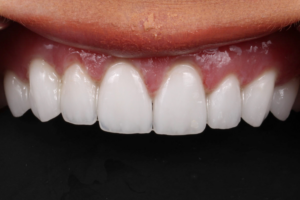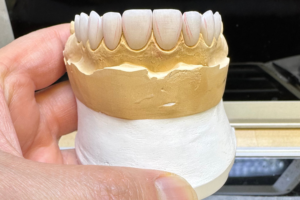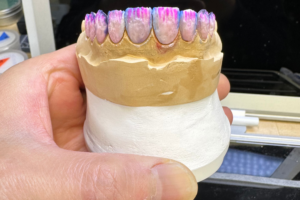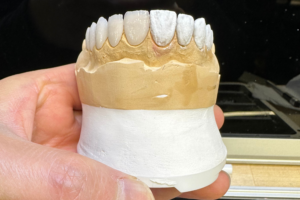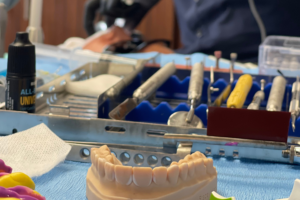 **tizanidine Vs. Other Muscle Relaxants: Pros and Cons**
**tizanidine Vs. Other Muscle Relaxants: Pros and Cons**
Unveiling Tizanidine: a Closer Look at Mechanism
Tizanidine, a unique player in the world of muscle relaxants, acts primarily on the central nervous system. This distinctive compound medication targets specific alpha-2 adrenergic receptors in the spinal cord, producing its muscle-relaxing effects. By modulating these receptors, Tizanidine reduces excessive muscle activity without overly sedating the patient, a quality that sets it apart from many generics that might contribute to fatigue. This pharmacological action offers patients relief from muscle spasticity, often experienced in conditions like multiple sclerosis and spinal cord injury, while allowing them to maintain a semblance of alertness.
| Feature | Tizanidine | Others |
|---|---|---|
| Mechanism | Alpha-2 Adrenergic Agonist | Varied: GABA Modulation, etc. |
| Action Site | CNS & Spinal Cord | CNS or Peripheral |
This precise mechanism contributes to its popularity, as it offers a tailored approach to muscle relaxation without pushing users into the twilight zone of complete sedation or leaving them exposed to a host of zombie pill-like side effects.
Comparing Muscle Relaxants: Tizanidine Vs. Cyclobenzaprine

In the world of muscle relaxants, tizanidine and cyclobenzaprine each bring unique attributes to the table. Tizanidine works as a central alpha-2 adrenergic agonist, promoting muscle relaxation by dampening nerve impulses directly within the brain. Cyclobenzaprine, on the other hand, is more akin to an antidepressant in its chemical structure, working to reduce muscle spasms through central nervous system action. This distinction offers a compelling narrative in their mechanisms, as patients and doctors evaluate 'script' choices that best fit individual needs and scenarios.
Examining clinical effectiveness, tizanidine often stands out for its rapid action during acute situations, proving to be a reliable option when relief is needed stat. Conversely, cyclobenzaprine tends to be favored for more prolonged, steady management of muscle spasms and pain. Patients may appreciate the faster onset of action with tizanidine, enhancing its appeal for intermittent use. This difference can influence doctors in Pharm Land as they tailor 'script' recommendations per patient specifics.
In terms of side effects, each medication bears its own list of potential 'hangover' effects. Tizanidine may cause drowsiness or dizziness, highlighting the importance of proper sig when prescribing to mitigate unwanted lethargy. Cyclobenzaprine often shares these sedative qualities, but can also lead to dry mouth or constipation, painting a broader 'hangover' picture. Such side effect profiles are critical in determining an ideal choice for daily routine integration, impacting both patient experience and safety.
Lastly, we delve into the cost and availability spectrum where tizanidine typically holds the upper hand due to its inclusion in many formulary lists as an accessible generic. The generics provide a financially favorable option amidst tight prescription budgets. Meanwhile, cyclobenzaprine, although often similarly priced, might experience insurance hurdles or 'prior auth' needs, causing occasional hang-ups in obtaining continuous supply. Patients and providers must navigate these factors to make an informed choice that supports both health goals and economic constraints.
Tizanidine: Efficacy Where Other Relaxants Fall Short
Tizanidine stands out as an effective muscle relaxant, targeting the central nervous system to reduce muscle spasms without causing excessive sedation. Unlike some compounds, it offers significant relief for conditions like multiple sclerosis and spinal injuries where other muscle relaxants may falter. Patients report a unique advantage in how tizanidine manages symptoms, compared to more generic options. Its efficacy in offering relief when it's needed 'stat' can be a game-changer for patients. Despite being a strong contender, one must consider the balance of tizanidine's benefits against potential side effects to ensure it's the right choice for their script.
Side Effects Showdown: Tizanidine and Its Rivals

When it comes to muscle relaxants like tizanidine, understanding their side effects is crucial for patients juggling their scripts. Tizanidine often causes drowsiness and dizziness, similar to a hangover feeling, making it essential for users to avoid operating heavy machinery. In contrast, cyclobenzaprine may lead to a dry mouth, which frequenting a Pharm Party might exacerbate by mixing it with other meds. While tizanidine might require a cautious approach, some users find its dosage easier to manage compared to other compounds. Always consult with your healthcare provider for personalized sig when considering these medications.
Exploring Dosage and Administration Differences
Every muscle relaxant has its own unique "sig," and tizanidine is no exception, often necessitating titration to find the optimal balance between relief and side effect management. While some medications, like cyclobenzaprine, may be taken in a once-daily dose, tizanidine is usually dosed multiple times a day to maintain its effect, punting the user into a bit of a "meds check" routine. Its short action and quick metabolism distinguish it from those relaxants that can linger like a ghost tablet, making it vital to follow instructions precisely.
| Medication | Typical Dosage Frequency | Administration Notes |
|---|---|---|
| Tizanidine | 2-3 times daily | Requires careful titration |
| Cyclobenzaprine | Once daily | Longer duration of action |
Choosing the right medication involves balancing these administration differences against the desired therapeutic outcomes. Those looking for flexibility might appreciate tizanidine's shorter dosing intervals which, while requiring strict adherence to "sig" instructions, allow precision in pain management and muscle relaxation. Comparatively, longer-acting relaxants might offer convenience but could ride out unwanted hangovers longer than planned. An informed decision always pivots on individual needs and lifestyle compatibility.
Cost and Accessibility: Making an Informed Choice
When navigating the complex world of muscle relaxants, understanding their cost and accessibility is crucial for patients and healthcare providers alike. Tizanidine, like many other medications, may come with a 'Sticker Shock'—unexpectedly high prices that can deter patients from sticking to their prescribed regimen. It's essential to verify whether generic options are available, which can significantly reduce the out-of-pocket expenses without compromising efficacy.
Moreover, some patients might face an 'Insurance Reject' when their script is submitted, leaving them scrambling for options. Engaging with a knowledgeable pharmacist, akin to a trusted 'White Coat,' can offer valuable insights and alternatives. They can advise on potential therapeutic substitutions or direct the patient's inquiry towards a more affordable trade name in their formulary. Making informed choices is pivotal in ensuring that muscle relaxants, such as Tizanidine, remain both effective and economically viable solutions for those in need.



